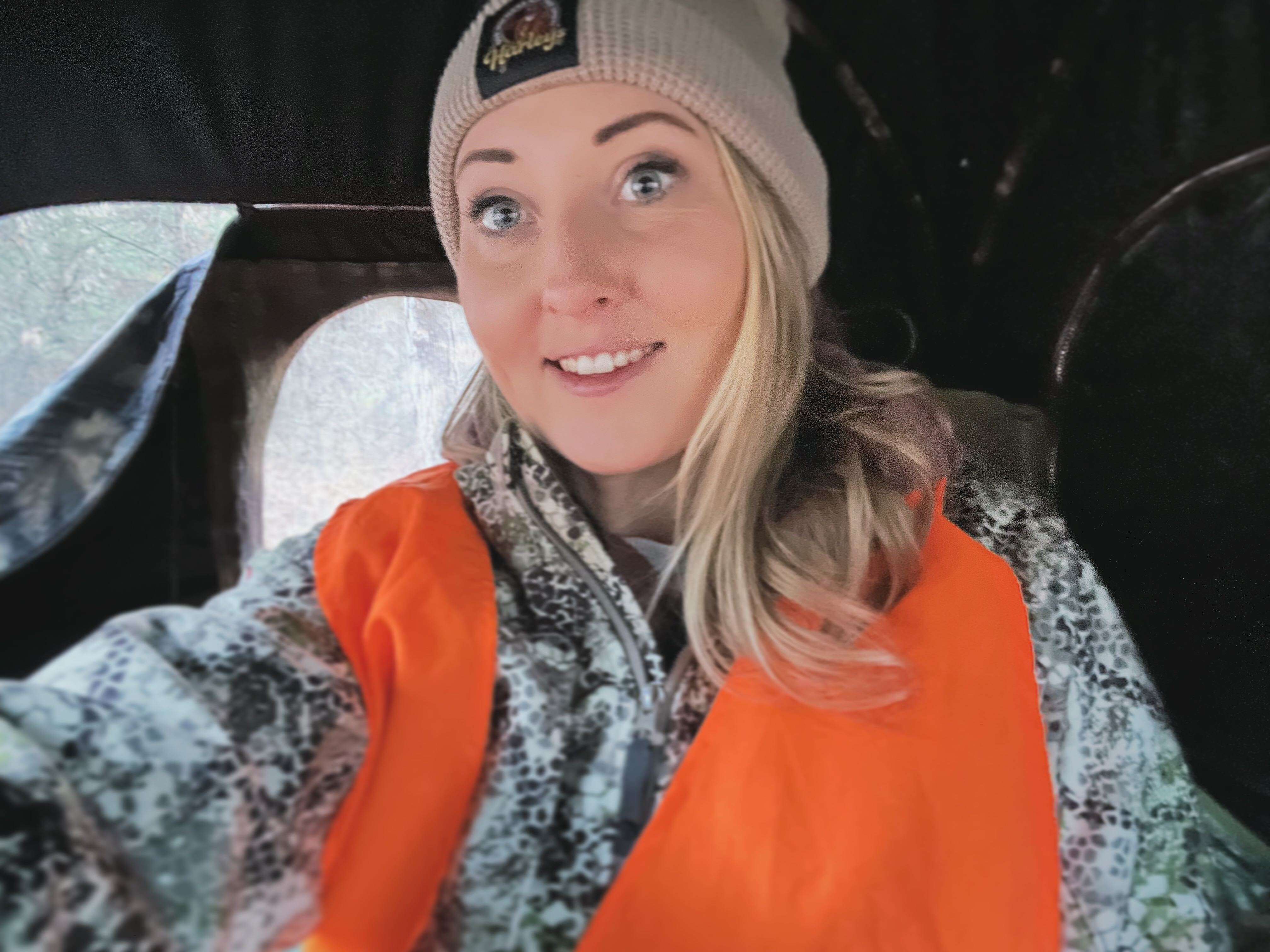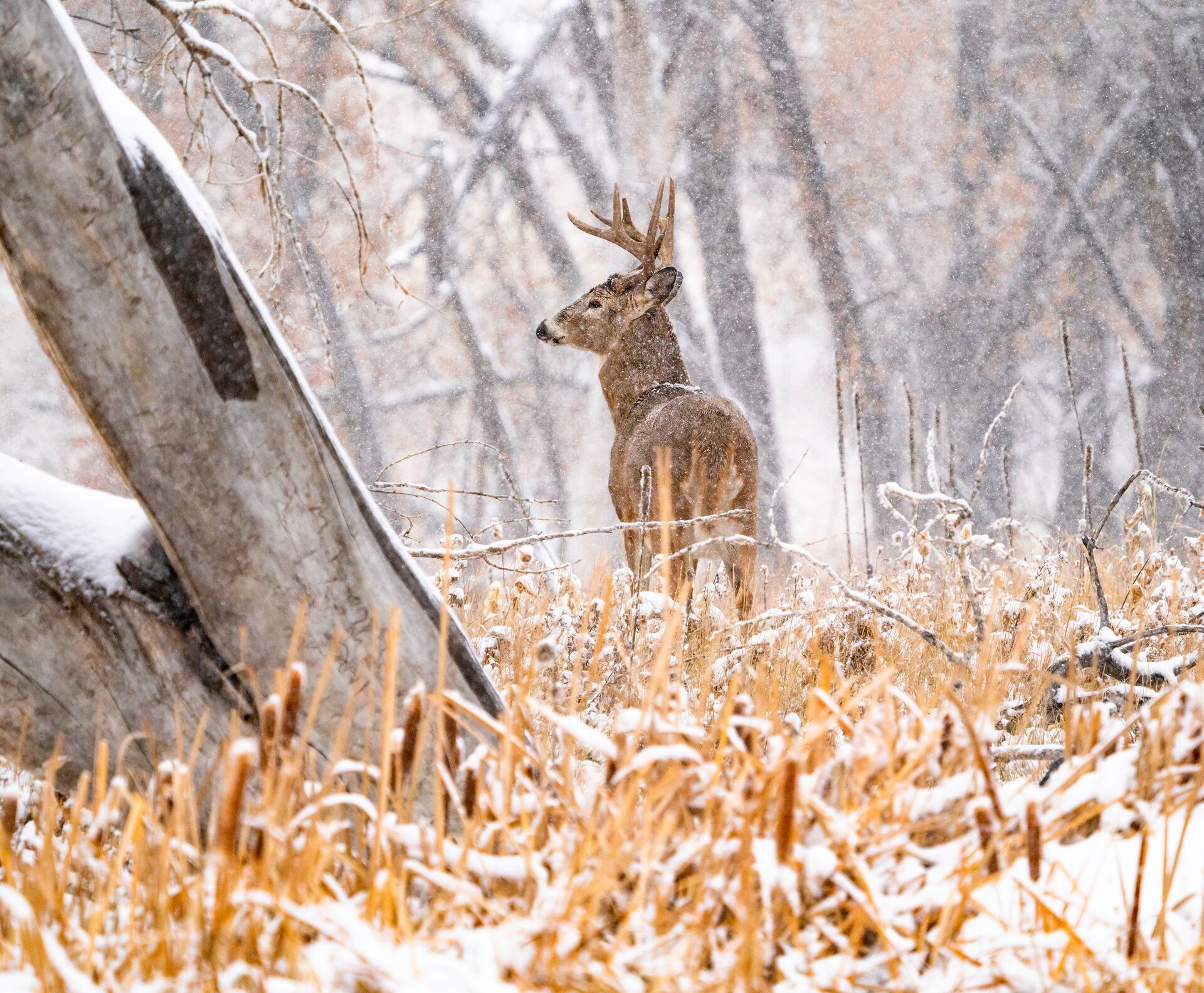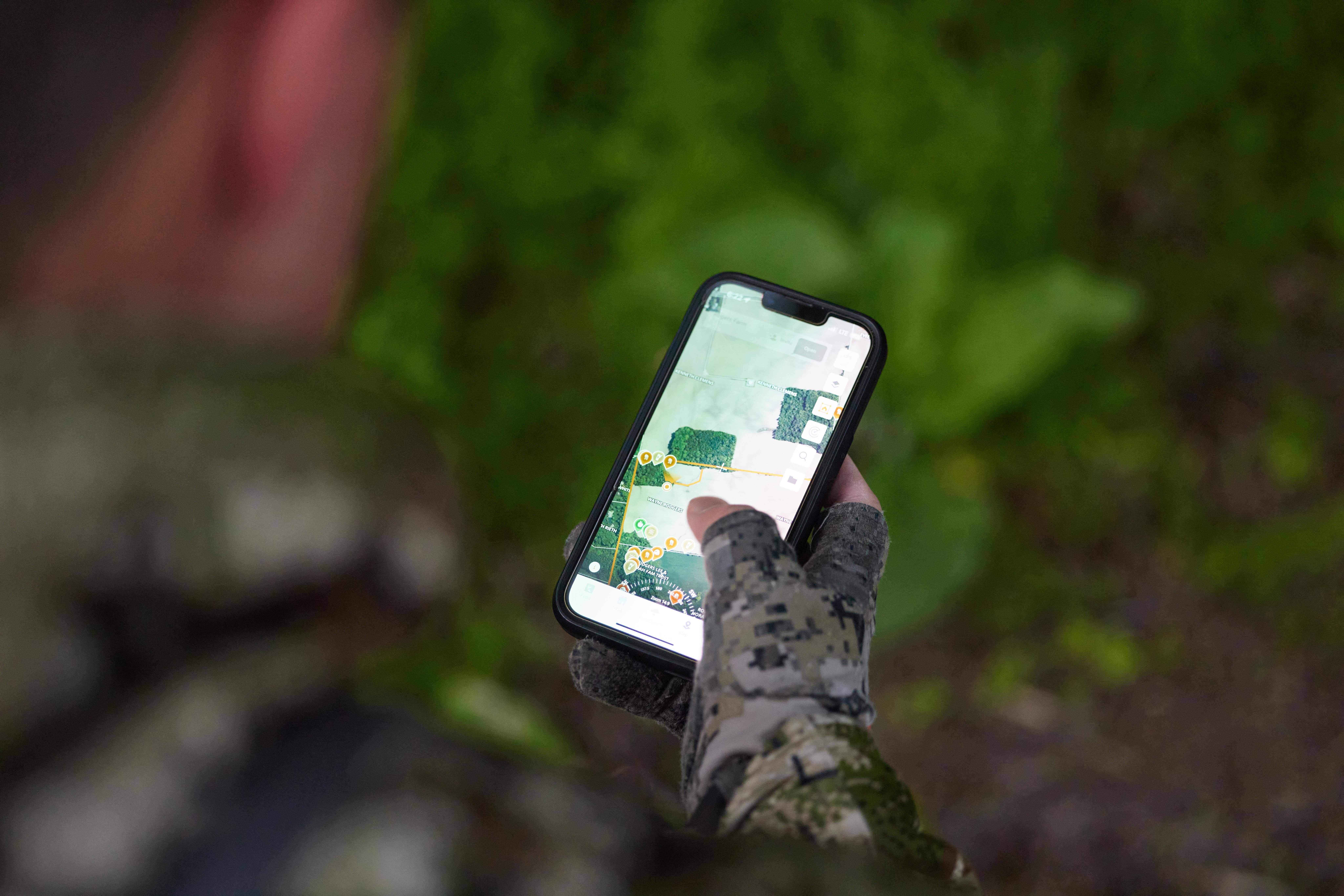Field Guide / Deer
What Hunters Need to Know About CWD
The topic of Chronic Wasting Disease, or CWD, is mysterious and scary for many hunters. CWD is spreading in deer herds across North America.
Previous in Deer
More Content Like This
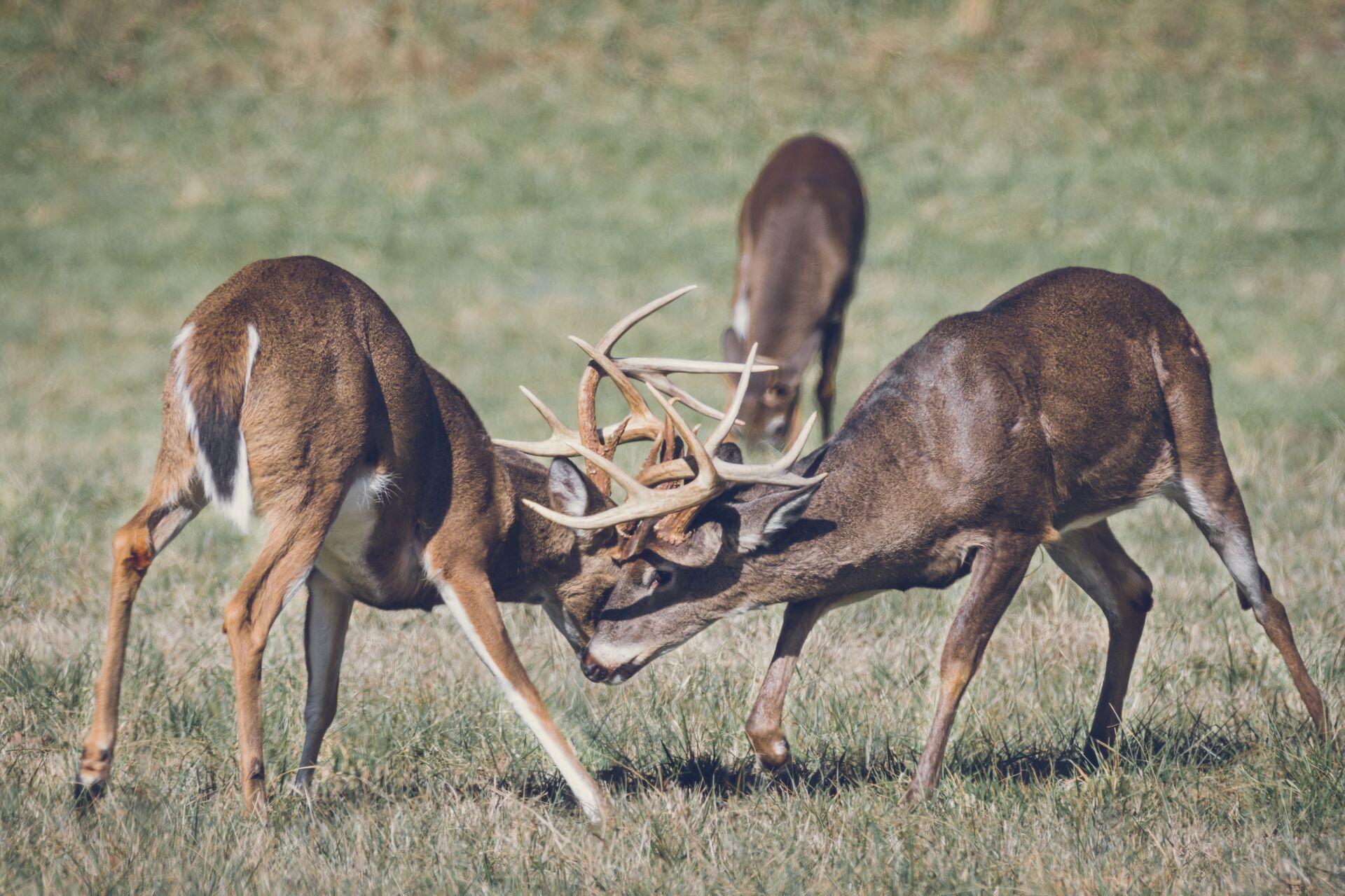
A Guide To Deer Season Georgia 2025
Thanks to concentrated conservation efforts and a carefully managed deer program, Georgia has re-emerged as a leading deer hunting state. With liberal bag limits and 59,425 square miles of landscape home to big and small game and hunting environments...Read More
Read More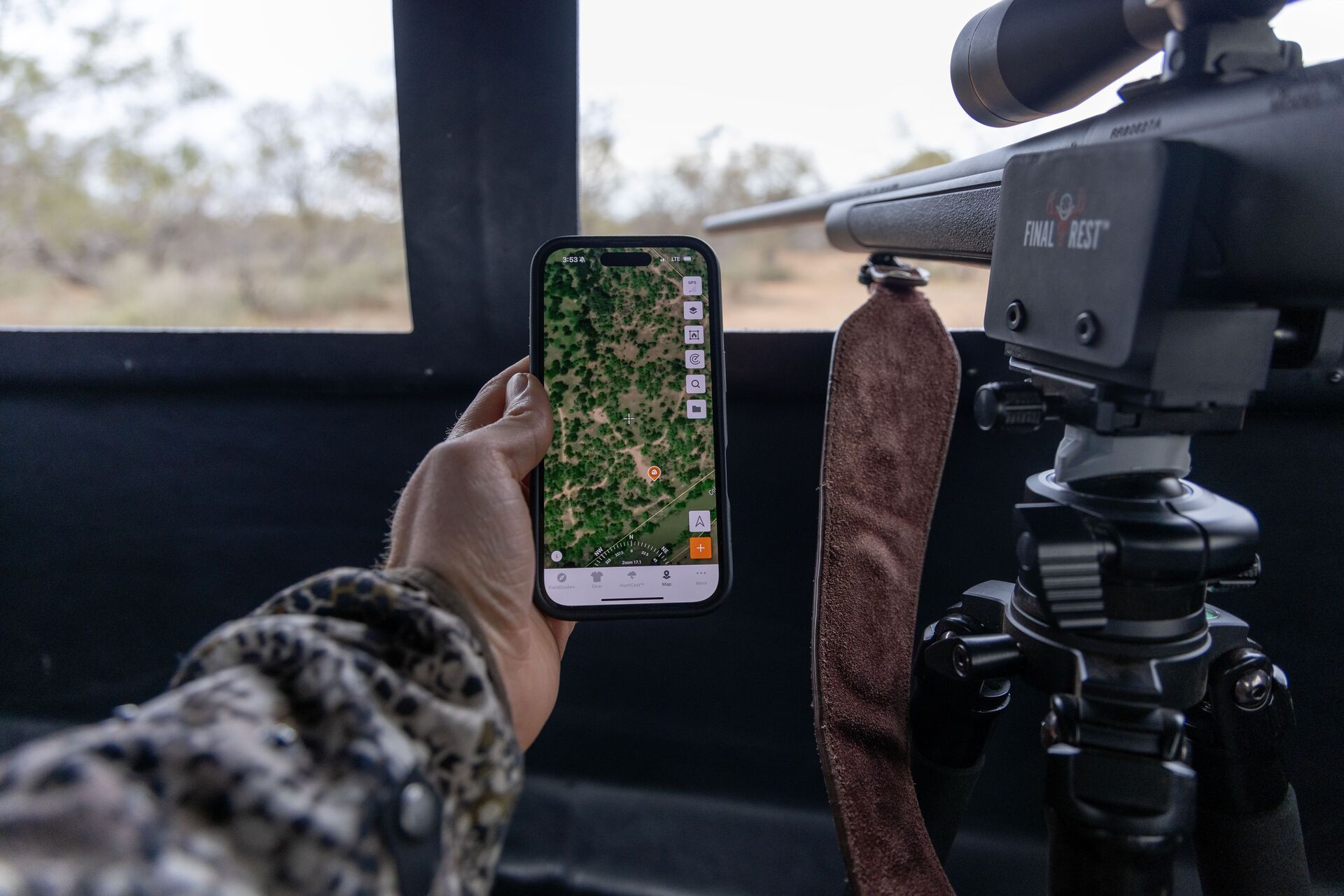
Where Can I Hunt Deer Near Me? How to Find the Best Spot
Hunting public land is fairly new to me. Up until a few years ago, I only ever hunted private property that my family owned. Then, in 2019, I decided it was time to expand my whitetail hunting horizons. So, I downloaded HuntWise and began looking for...Read More
Read More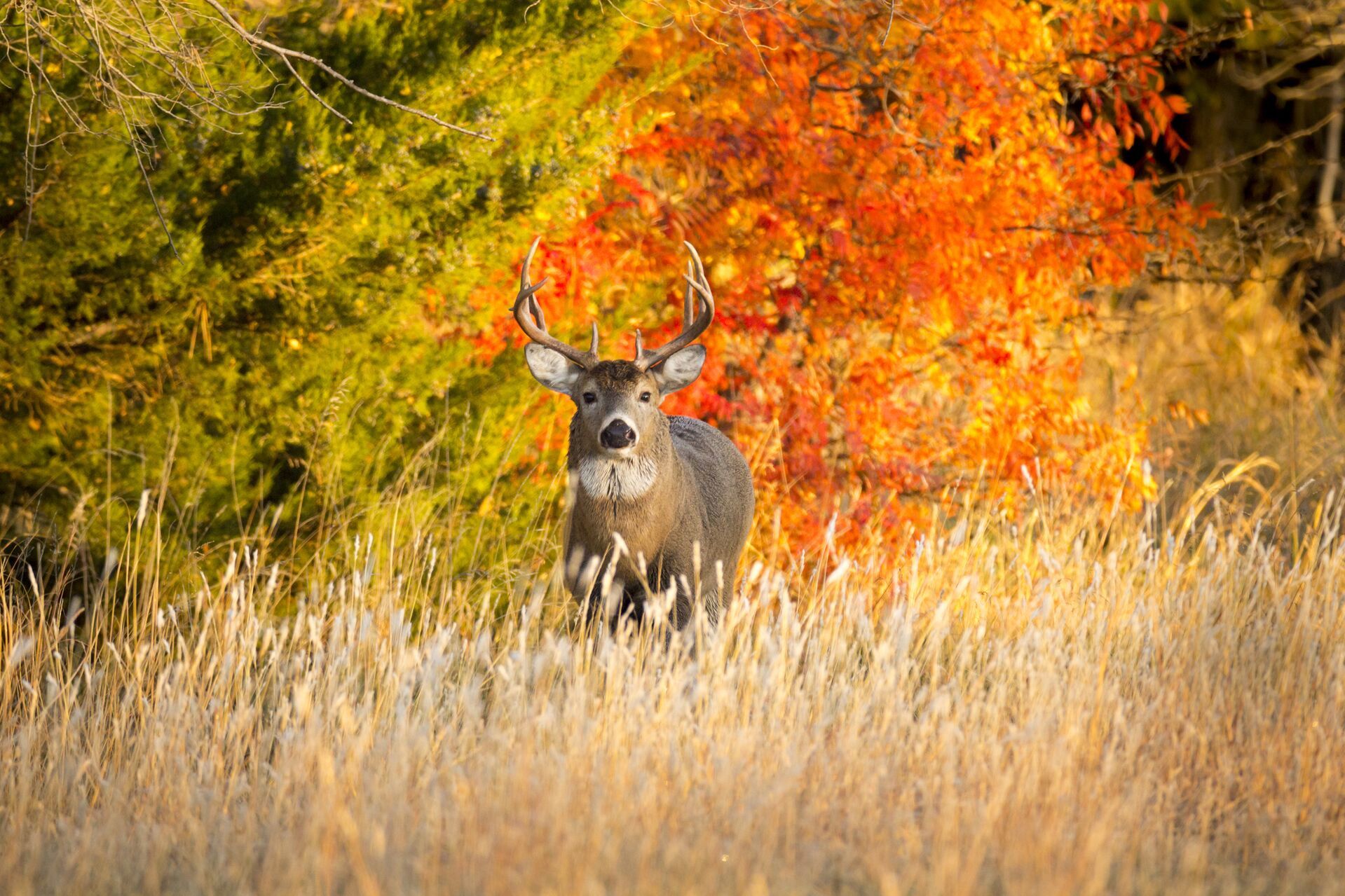
When Is Arkansas Deer Season?
Arkansas is known as the Natural State, so it's no surprise that you can expect breathtaking deer hunting when you enter this region. Read More
Read More Deer
DeerA Guide To Deer Season Georgia 2025
Thanks to concentrated conservation efforts and a carefully managed deer program, Georgia has re-emerged as a leading deer hunting state. With liberal bag limits and 59,425 square miles of landscape home to big and small game and hunting environments...Read More
Read More Deer
DeerWhere Can I Hunt Deer Near Me? How to Find the Best Spot
Hunting public land is fairly new to me. Up until a few years ago, I only ever hunted private property that my family owned. Then, in 2019, I decided it was time to expand my whitetail hunting horizons. So, I downloaded HuntWise and began looking for...Read More
Read More Deer
DeerWhen Is Arkansas Deer Season?
Arkansas is known as the Natural State, so it's no surprise that you can expect breathtaking deer hunting when you enter this region. Read More
Read More
1 of 3
